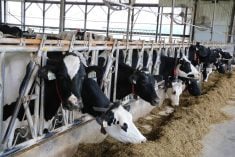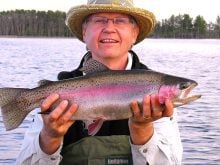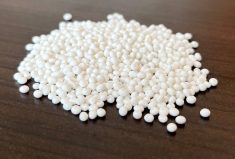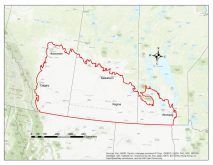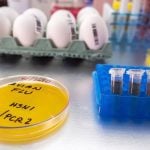An International Institute for Sustainable Development report says farms, particularly livestock operations, can see significant benefits from water retention projects installed on their land.
The report is the culmination of a study of 10 water retention projects within the Seine Rat Rousseau Watershed District that began in 2019. The projects fall under Agriculture and Agri-Food Canada’s Living Lab Eastern Prairies initiative.
“Our objectives for our study were to look at the costs and benefits of water retention projects, but also to learn from producers about their experiences – what worked for them and what didn’t,” says institute policy advisor Marina Puzyreva, who spoke at the Manitoba Association of Watersheds conference in December.
Read Also
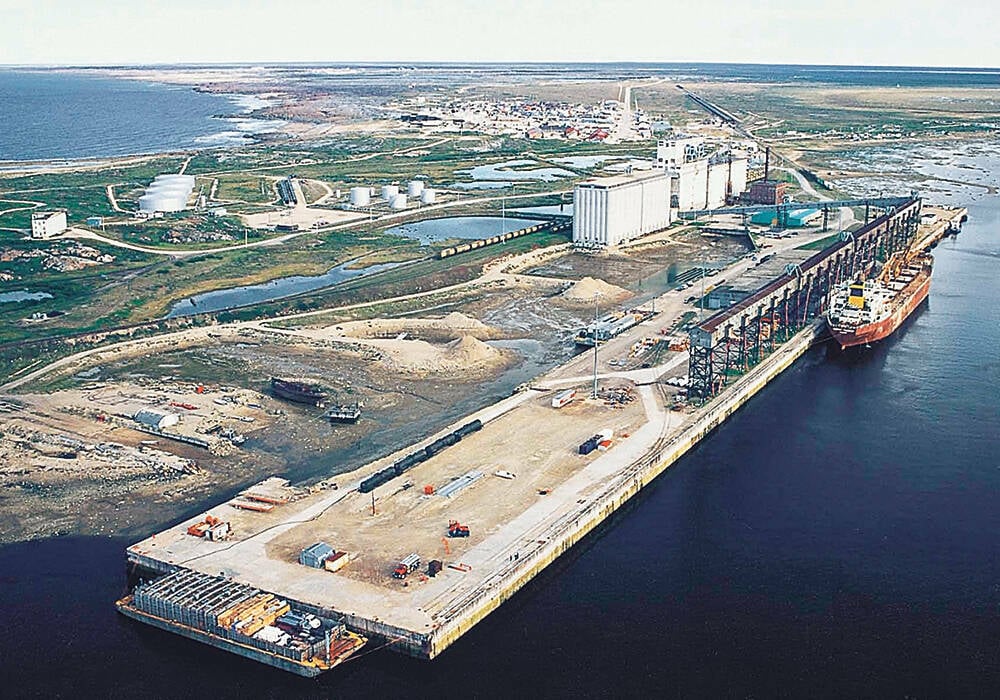
Port of Churchill revamp gathers pace
Canada’s Port of Churchill Plus update plan hopes to expand trade, including agriculture trade, at Manitoba’s Arctic sea port
Overview
The water retention projects were installed between 2014 and 2020, although some were initiated before the start of the study. Six of the 10 were installed in 2020.
Six projects are considered “in-channel” (within the existing banks of a waterway), and four are overland flow (capturing overland or non-channelized flow).
Of the nine farms (one farmer installed two water retention projects), seven were livestock operations and the other two were crop farms. Six of the livestock producers also grew forage crops for hay, silage or seed, and two had a combination of pasture and cropland.
Projects were designed to reduce downstream flooding (nine projects), create wildlife habitat (five projects), and improve water quality downstream (one project).
Costs
Costs varied depending on size, design, topography, maintenance and loss of production. They ranged from $287.74/acre-foot to $12,837.70/acre-foot over 20 years, with an average total cost of $2,748.30/acre-foot of water storage. Up-front costs for design and construction ranged from $7,025 to $87,050 in 2020 dollars. There are also annual maintenance costs for landscaping and fence maintenance.
Benefits
The benefits associated with the water retention projects varied but the main ones are flood protection, drought protection (including extended grazing and less need to haul water), improved water quality, improved livestock, easier crossing of machinery, increased farm productivity, enhanced wildlife habitat, improved relationships with farm neighbours and reduced farm stress.
Cost-benefit analysis
Puzyreva said it’s impossible to monetize things like reduced farm stress and better relations with neighbours.
“That’s all always tricky in economic analysis, but whatever we could monetize, we monetized, and we also discounted the value of benefits and costs that occur in the future,” she said.
The cost benefit ratio number in the column on the far right (see table) reflects the return on investment a producer would receive for every dollar invested.

“If we analyze the data across all 10 projects, for one dollar invested in those projects, on average over 20 years, you would get 2.5 dollars in return,” said Puzyreva. “Keep in mind that we haven’t really monetized all the benefits that occur.”
All but one project had a net positive cost-benefit ratio. The data shows that livestock farms realize more benefit, but Puzyreva said both the crop-based farms were among the last installed, so further benefits could be seen down the road.
Feedback from producers
Eight of the nine participants said they would recommend water retention projects to other farmers and one said it was too early to tell.
Initially, some had concerns that water retention would flood pastures, but staff at the watershed district were able to alleviate most worries.
“When I understood the design, it became clear that it would actually be a win-win,” said one participant.
Another producer said construction costs would have been prohibitive if not for funding provided by the program.
Dorthea Gregoire, a program coordinator for the watershed district, said the Living Labs project was a great opportunity for her organization.
“Living Labs wasn’t just an opportunity for us to take the funding that MAW provided and get projects off the ground. It also allowed us to open up a whole different avenue of projects and relationships with producers that we didn’t have before.”





